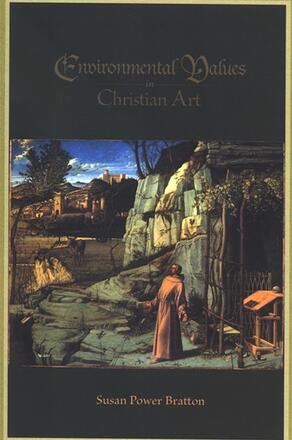
Environmental Values in Christian Art
Discusses the expression of environmental values in Christian art as it displaced pagan aesthetics from the third century to the Reformation.
Description
This book looks at what art reveals about the environmental values of Christianity. As western Europe transitioned to Christianity, pagan religious aesthetics changed or were displaced. Focusing on Christian art and architecture from early third-century Rome to seventeenth-century Netherlands, Susan Power Bratton examines this transition. She explores the relationship between Christ and nature in emergent Christian art, the role nonhumans play in this art, and how Christian art represents the ownership and management of natural resources.
The first section of the book discusses Christian art in imperial Rome and monastic Ireland's contribution—from high crosses to the Book of Kells—and evaluates the claim that Christianity suppressed the positive portrayal of nature in pre-Christian art. The second section investigates changes in cosmology from the early Middle Ages through the Gothic era and examines their implications for environmental economics. The final section analyzes the paintings of the Italian Renaissance and Dutch Golden Age and the impact of an emerging scientific worldview on the spiritual meaning of the landscape.
Susan Power Bratton is Professor of Environmental Studies at Baylor University and the author of Christianity, Wilderness, and Wildlife: The Original Desert Solitaire and Six Billion and More: Human Population Regulation and Christian Ethics.
Reviews
"Susan Power Bratton makes a critical contribution to the question of the impact of Christianity on culture, particularly in regard to the relation of Christianity to views of the natural world. In environmental studies it has been almost dogma that Christianity brought a transcendent God outside of nature and a hostility to nature. Bratton brilliantly refutes this thesis and reveals the inclusion of nature in the vision of Christian redemption. " — Rosemary Radford Ruether, author of Gaia and God: An Ecofeminist Theology of Earth Healing